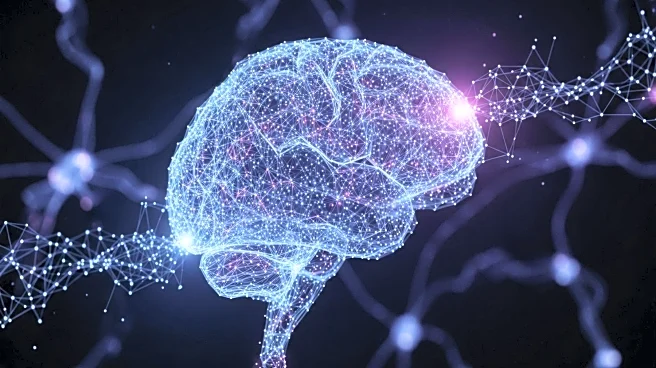What's Happening?
Thinking Machines Lab, led by former OpenAI executive Mira Murati, is focused on enhancing the consistency and reproducibility of AI model responses. The startup has secured $2 billion in seed funding to address the issue of nondeterminism in AI models, which often leads to varied answers to identical queries. The lab's research indicates that managing the orchestration of GPU kernels can result in more deterministic AI behavior, potentially improving reinforcement learning training. This initiative aims to benefit researchers and startups developing custom models by providing more reliable AI outputs.
Why It's Important?
The efforts by Thinking Machines Lab to improve AI model consistency are significant for the broader AI industry. Consistent and reproducible AI responses are crucial for applications in sectors such as healthcare, finance, and autonomous vehicles, where reliability and predictability are paramount. By addressing nondeterminism, the lab's work could lead to advancements in reinforcement learning, enhancing the development of AI systems that require stable and predictable outputs. This could result in more efficient AI-driven solutions, benefiting industries reliant on AI technology.
What's Next?
Thinking Machines Lab plans to disseminate its findings through blog posts and research publications, maintaining transparency in its advancements. This approach may foster collaboration and innovation within the AI community, as other researchers and developers can build upon the lab's work. The startup's focus on deterministic AI behavior could lead to new methodologies in AI model training, potentially influencing future AI development standards.
Beyond the Headlines
The pursuit of deterministic AI models raises ethical and technical questions about the balance between AI creativity and predictability. While consistent outputs are beneficial for certain applications, the ability of AI to generate diverse responses is also valuable in creative fields. The lab's work may prompt discussions on the optimal balance between these aspects, influencing future AI design philosophies.











